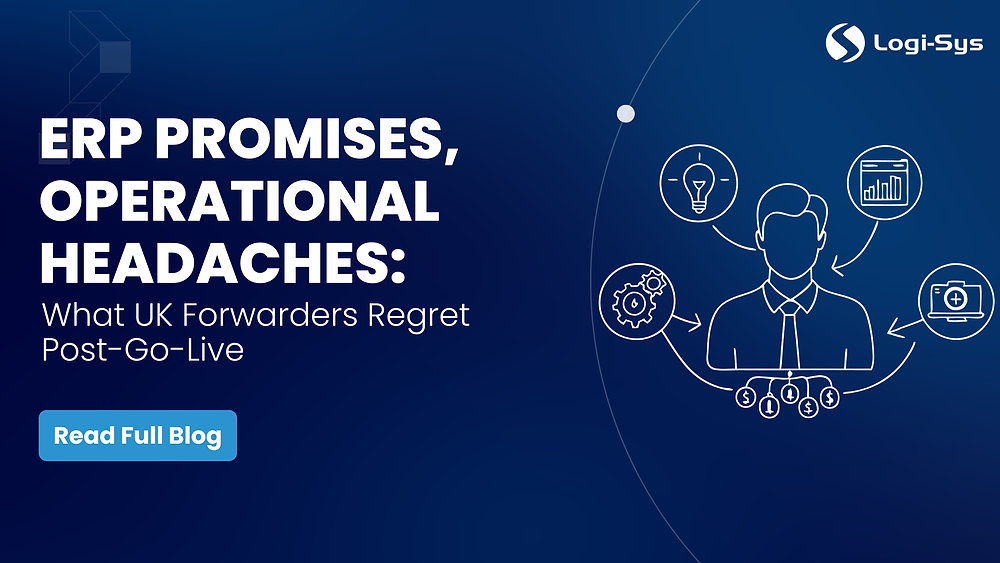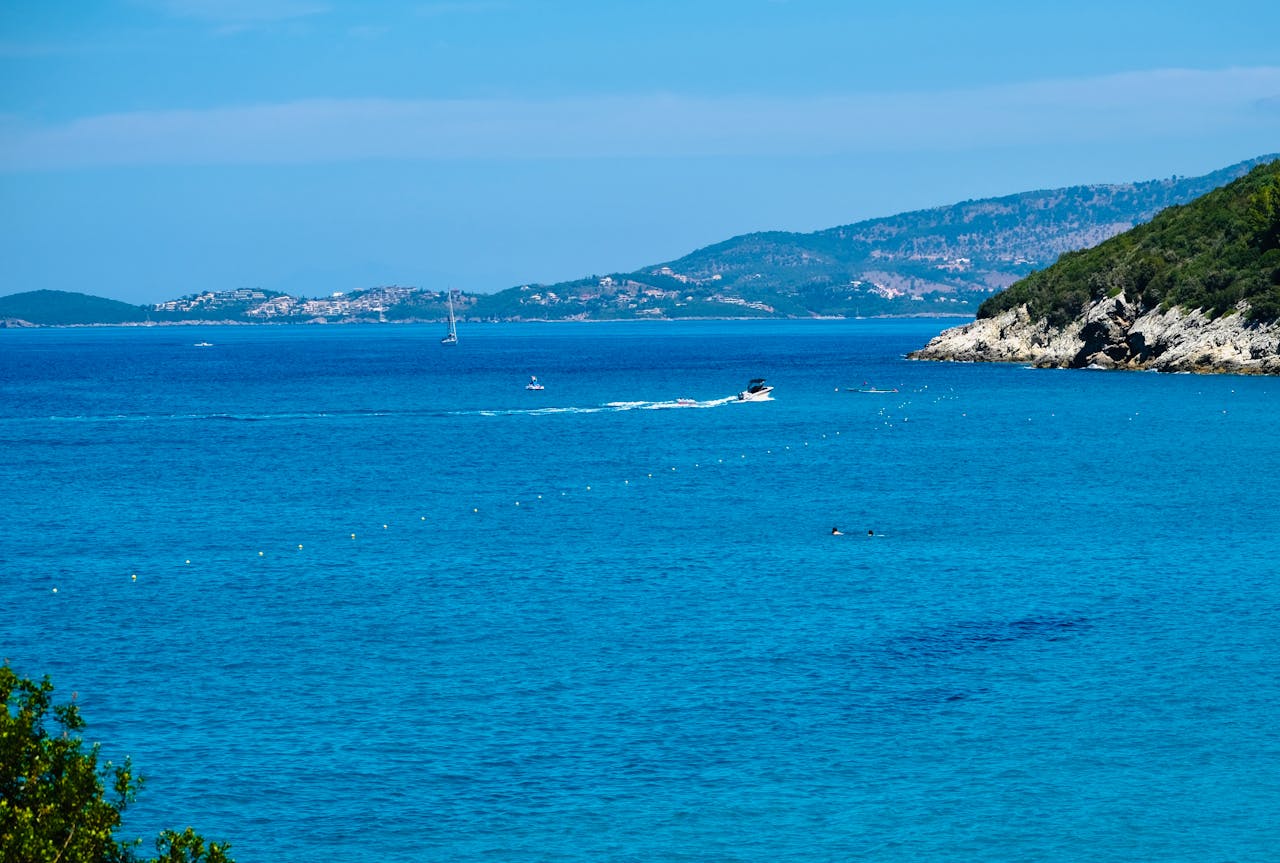
Singapore forwarders work in one of the world’s most time-sensitive and cost-sensitive logistics environments. Whether managing transshipments at PSA terminals, coordinating air cargo via Changi, or serving regional clients across ASEAN, the demand is the same: speed, accuracy, and control.
But when quoting, job execution, customs, and invoicing are handled across separate tools—or worse, spreadsheets—the process breaks down. Small inefficiencies start to pile up. Margins slip. Teams waste time chasing updates. And finance teams are always catching up.
That’s why more logistics businesses in Singapore are now evaluating freight software not just for documentation or compliance—but to unify the entire lifecycle: from quotation to collection.
Why the Quoting Process Sets the Tone
In fast-moving markets like Singapore, the quote is often your first (and only) chance to win the customer. But quoting in freight isn’t simple. It requires:
-
Mode-specific rate management (air/sea/road)
-
Tariff and surcharge handling
-
Overseas agent coordination
-
Historical data for profitability checks
When these are managed manually or across multiple systems, errors slip in—or worse, quotes go out late. A modern freight management software brings this together in one platform: allowing your sales team to build quotes quickly, accurately, and competitively—without toggling across Excel sheets or separate CRM tools.
And when the job is confirmed, the quote flows directly into the operational workflow. No retyping. No rate mismatches.
Execution Without Operational Silos
The true cost of disconnected freight tools isn’t just the licensing fees—it’s the internal inefficiencies. One team books the shipment. Another creates the job. A third generates the invoice. A fourth reconciles payments.
-
Single job file from booking to billing
-
Real-time shipment status, milestones, and documents
-
Linked workflows for customs, transport, warehousing
-
Centralized visibility across teams and branches
This reduces internal back-and-forth and ensures that everyone—from the sales rep to the warehouse team—is working off the same data.
Billing That Follows the Job—Not the Month-End
In many freight businesses, finance runs a step behind operations. Jobs get completed, but billing is delayed. Invoices are generated based on spreadsheets. Customer disputes follow. Cash gets stuck.
With smarter freight software, billing becomes an extension of the job—not a separate process. Freight charges, accessorials, GST, currency conversions, and credit terms are automatically applied based on job data. The result?
And with integrated dashboards, finance teams don’t have to wait for weekly reports—they see revenue flows as they happen.
Visibility Across the Lifecycle
From quote to collection, every stage of the freight lifecycle impacts the customer experience. Missed handoffs or invisible bottlenecks erode trust. Singaporean shippers and consignees now expect real-time answers—on shipment status, invoices, and documents.
-
Live dashboards for operations and finance
-
Customer and agent portals with real-time updates
-
Document repositories linked to each job
-
Automated alerts and exceptions handling
This means your teams don’t chase information—it’s already where it needs to be.
Built for the Way Forwarders Work
Off-the-shelf ERP systems weren’t designed for freight. They force logistics businesses into rigid workflows and bolt-on modules. By contrast, purpose-built software for freight forwarders like Logi-Sys reflects the nuances of your operations:
-
Handles air, sea, road, and multimodal workflows
-
Tracks jobs by HAWB, HBL, containers, or consolidation groups
-
Integrates with transporters, warehouses, customs platforms, and banks
And because it’s modular, forwarders can start with quoting, job execution, or billing—and expand when ready.
Final Thought: If Your Process Is Disconnected, So Is Your Profitability
Freight forwarding isn’t just about moving cargo—it’s about managing cost, speed, and service through complex, interconnected steps. In Singapore’s high-performance logistics environment, even minor inefficiencies lead to missed margins or lost opportunities.
That’s why forwarders are now re-evaluating their tech stack—not just for compliance, but for control. From quote to cashflow, smarter freight software provides the visibility, accuracy, and coordination modern teams need to scale.
Because in a market where every minute counts, so does every system.


















